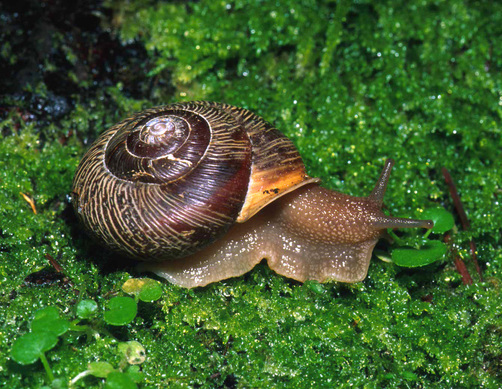


The caterpillars hatch out of the eggs within a week and begin to feed on the leaves of these plants. The adults appear in the spring and the females soon begin laying their eggs on the leaves of cabbage, broccoli, kale, cauliflower, and other members of the cabbage family. Adults of the imported cabbage worm are white butterflies with a few black markings on the wings. They can be cabbage loopers (or inchworms), imported cabbage worms, or diamondback moth caterpillars.Ĭabbage loopers and diamondback adults are small brownish or grayish moths with white or silver markings. What should I do?Ī: There are a number of little green worm-like caterpillars that feed on plants in the cabbage family. Q: I've got little green worms eating up young transplants of red acre cabbage. For the same reason, creosote-treated wood should never be used in greenhouses. Trapping vapors in with plants will cause crop damage. The vapor is usually a problem only if you create a cloche or plastic row cover over the bed. The tar-like ooze can quickly make a mess of your clothes. Of real concern with creosote are the oozing and vapors that occur, especially in hot weather.

Or, line that side of the bed with plastic. To be extra safe, you could paint the side of the tie that will contact the soil with a sealer such as urethane or shellac. Don't plant any closer than 4-6 inches from them and you shouldn't have any problem. Old railroad ties are often used for terracing or for building raised beds. It may damage or even kill roots, but it is not absorbed by them. It can leach into the soil a bit, but it doesn't move far. Wood treated with creosote is quite safe to use around the garden. My tomatoes were planted about a foot away from railroad ties.


 0 kommentar(er)
0 kommentar(er)
